The mixed message in the increased crime figures just adds to the confusion
Up or down? Do we believe the police?
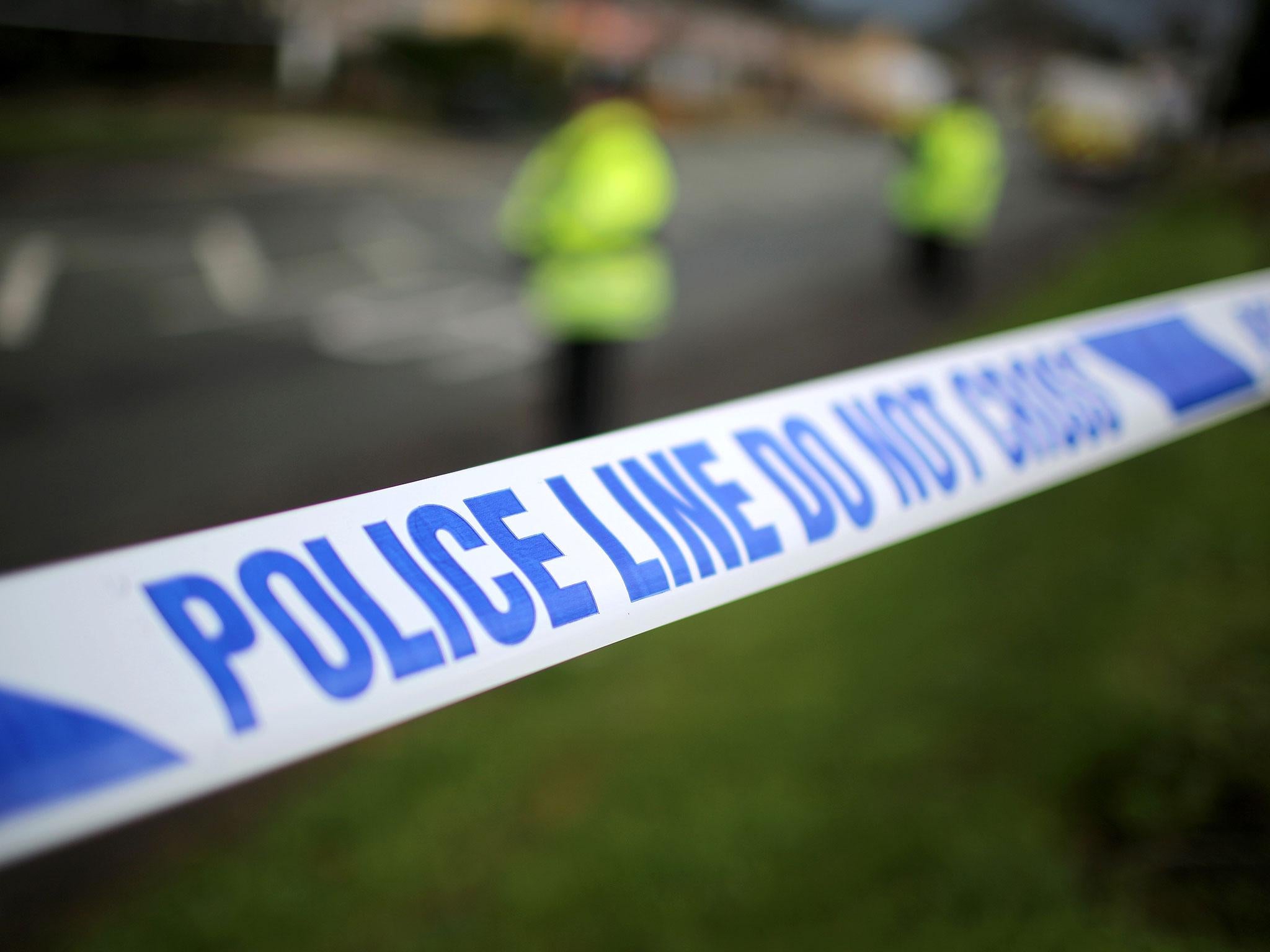
For 20 years Labour, Tory and coalition governments alike have trumpeted sustained falls in crime rates as evidence that law-abiding citizens are less likely than ever to be burgled, robbed or beaten up.
Theories were variously advanced over why Britain was becoming more better behaved. It has clearly become harder to break into houses or cars, while falls in the young male population and the popularity of shoot-’em-up computer games were credited with lower levels of violence.
Until recently, there was little challenge to the consensus behind politicians’ boasts and academics’ papers that numbers of offences are dropping. But the latest statistics prove how difficult it is to capture scientifically the extent of crime, sending out conflicting signals over whether the country really is becoming safer. The two measures of offending published on 21 January paint very different pictures.
The Crime Survey of England and Wales, which estimates experience of crime using a consistent methodology and is widely regarded as a more authoritative gauge, showed an annual fall of 6 per cent.
Meanwhile, crime recorded by police produced a mirror-image result, with the overall number of offences increasing by 6 per cent, including sharper rises in violent and sex attacks. Predictably Home Office ministers chose to highlight one set of numbers, with their political opponents pointing to the other and protesting about cuts to police manpower.
Both sets of statistics carry health warnings. The survey excludes crime against businesses and relies on respondents remembering events clearly, injecting a significant subjective element into the numbers. The police figures omit offences not reported to officers, which is an obvious flaw of relying on these figures.
There is anecdotal evidence of a huge shift from burglary and theft to computer crime in the last decade. However, people tend to tell the police if an item worth £100 is stolen from them – not least for insurance purposes – but to put it down to experience if they lose the same amount to an online scam. Even if they did alert police, their experience of crime will not have been reflected in the crime survey statistics which did not include cyber fraud.
The police figures have also been inflated by instructions to officers to be more diligent in recording violence following evidence that forces had been massaging their crime figures downwards. For example, an officer witnessing a late-night bust-up between two young men might once have pulled them apart and sent them on their separate ways. The clash will probably now be recorded as a violent offence.
The increasing number of reports of rape and other sex offences is likely to be driven by the greater willingness of victims to come forward, partly because of the publicity over accusations of historic child abuse. Richard Garside, the director of the Centre for Crime and Justice Studies, argues the statistics reveal more about police activity than patterns of offending.
“They tell you quite a lot about what police are focusing on and what they are prioritising,” he says.
However, it is hard to dismiss the increases in murder, gun crime and knife crime as a statistical quirk.
In some corners of our big cities life is becoming more dangerous. Elsewhere crime is changing rapidly – and the statistics are struggling to catch up.

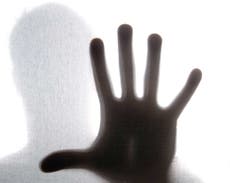
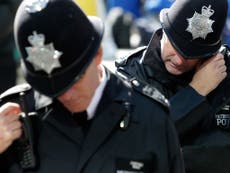
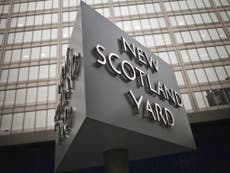
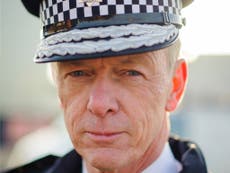
Join our commenting forum
Join thought-provoking conversations, follow other Independent readers and see their replies